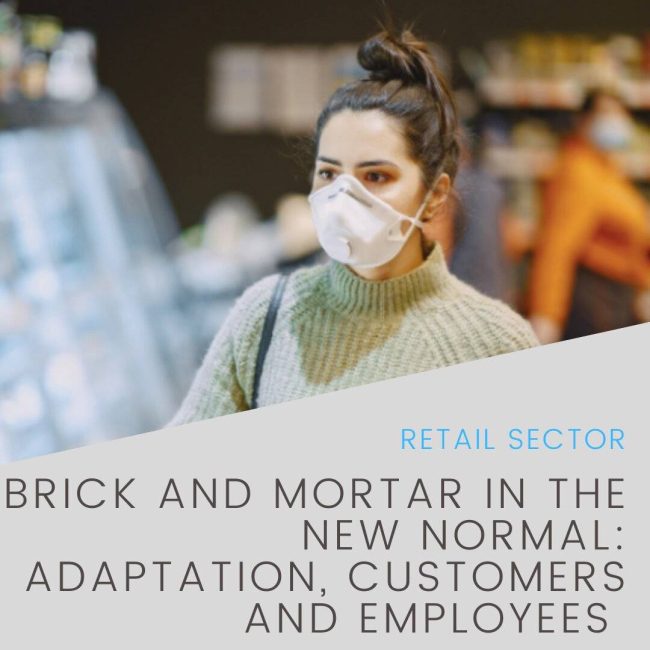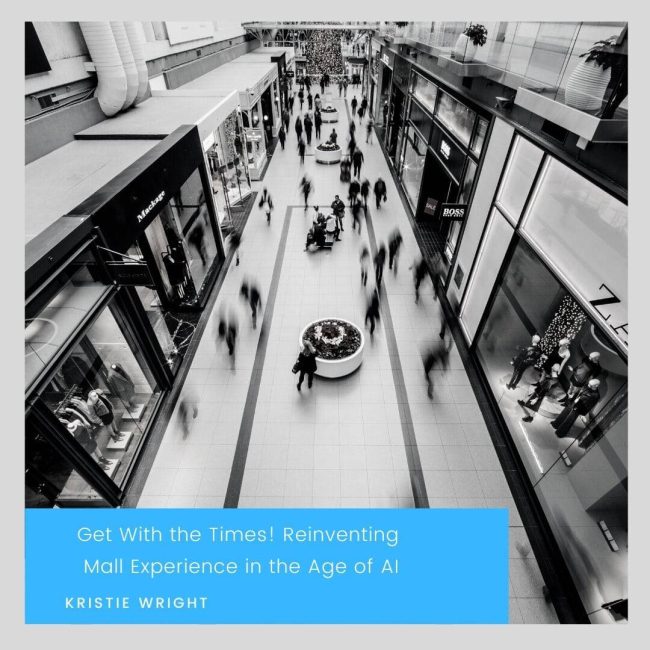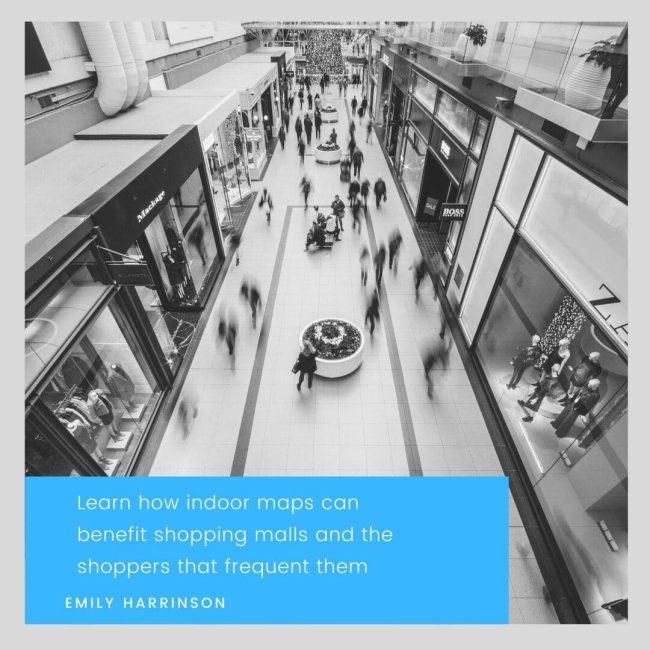Since the COVID-19 epidemic outbreak in 2020, shopping habits have changed drastically. The epidemic ushered in a rapid, albeit erratic, shift in buying patterns, both online and in-store, and brick and mortar shops were forced to accept the fact that adaptability was critical to their survival.
Digital usage accelerated quickly in the last two years, signaling one of the most significant consumer behavior transformations. Simultaneously, the online shopping experience improved, to the point where, despite the reopening of stores, many consumers have not returned to their previous buying habits. Customers still want in-store experiences, but they also want the ease of internet shopping and a seamless customer experience, from pricing comparisons on their phones to buying from the comfort of their own homes. A hybrid and omnichannel retail strategy is now leading the road to higher sales.
Brick and mortar-eShop hybridization and omnichannel shopping
Also known as the “phygital” shopping experience, it seems that the hybridization between brick and mortar stores and online shopping is the best solution for adjusting to the New Normal. Actually, this so-called New Normal did not instigate the transition from physical stores to hybrid solutions, but it certainly gave it a considerable boost. Basically, it is a more advanced version of the retail transformation that has been taking place for some time now. Be it as it may, in order to be competitive in the New Normal, hybridization might not be enough. Companies must ensure that good and consistent experiences are provided across various platforms and touchpoints, including their websites and e-commerce sites, as well as social media networks, mobile apps, and even online markets. When a client is browsing the internet, checking their email inbox, or at the point of sale at an online or physical store, omnichannel marketing is all about creating synergy to work together to produce unified messages and individualized brand experiences. Modern consumers seek quality throughout the customer experience, not just the lowest prices or the best customer service across all channels. However, this kind of transition from strictly brick and mortar to omnichannel service is costly. Luckily, the New Normal has affected many industries, finance being one of them, so now we have solutions like Trade Finance that cater to the new needs of modern businesses.
Improved customer experience
A hybrid strategy is also beneficial for businesses that aren’t retailers but want to improve communication with their customers to improve the shopping experience and better understand customer preferences, product preferences, and so on. A shift toward targeted shopping and personalized purchase journeys, as well as a focus on consumer convenience with low store traffic and increased online engagement, allows them to collect a huge amount of consumer-related data that can help them optimize the customer experience. Also, through the phygital approach, customers can choose from various shopping, payment, and order fulfilment options—more flexibility results in a better customer experience, more sales, and more brand loyalty.
Multiple shopping options
The integration of online and offline channels should be the primary goal of merchants in dealing with the post-pandemic scenario. Buy online, pick-up in store, permanent dark shops, and touchless shopping are three promising omnichannel methods that have gained traction during the epidemic. Buy online, pick-up in store, or BOPIS and even curbside BOPIS—in which store employee delivers clients’ items to their car trunk—became a popular retail style that allowed customers to buy what they wanted without having to spend time in stores, keeping a social distance. This is also an excellent choice for avoiding long shipping delays caused by current supply chain problems. Traditional retail locations that have been transformed into local depots are known as dark shops. Grocery stores, clothes brands, and home goods businesses are examples. As the number of consumers inside physical stores decreases due to stay-at-home orders and social distance, some businesses close their doors to the public and convert those sites into dark shops to fulfill delivery and pickup orders. Touchless shopping is characterized as end-to-end customer purchase operations with little to no human intervention. Touchless shopping is all about removing human touchpoints in the consumer purchase journey, from product browsing to virtual try-ons, payment, shipping, and doorstep delivery. Contactless purchasing habits are a part of the New Normal, as is social isolation.
The future of the workforce
Even before the present situation, new technologies and working methods were causing disruptions in employment and the skill requirements – the coronavirus epidemic has heightened the urgency of this subject. Individuals in all industries must learn to adapt to quickly changing circumstances and businesses must learn how to adapt those workers to new roles and activities, practically repurposing their employees. This will not only save jobs, but it would also make the retail business more flexible. Many of the personnel who store things or work at the point of sale must be trained as delivery drivers or assigned to a curbside collection detail. To make this work, retailers should own the delivery/pickup side of the business rather than outsourcing it. They also have to adapt to using a cloud-based delivery management solution to establish a frictionless, customer-friendly last-mile delivery solution that is simple to maintain.







